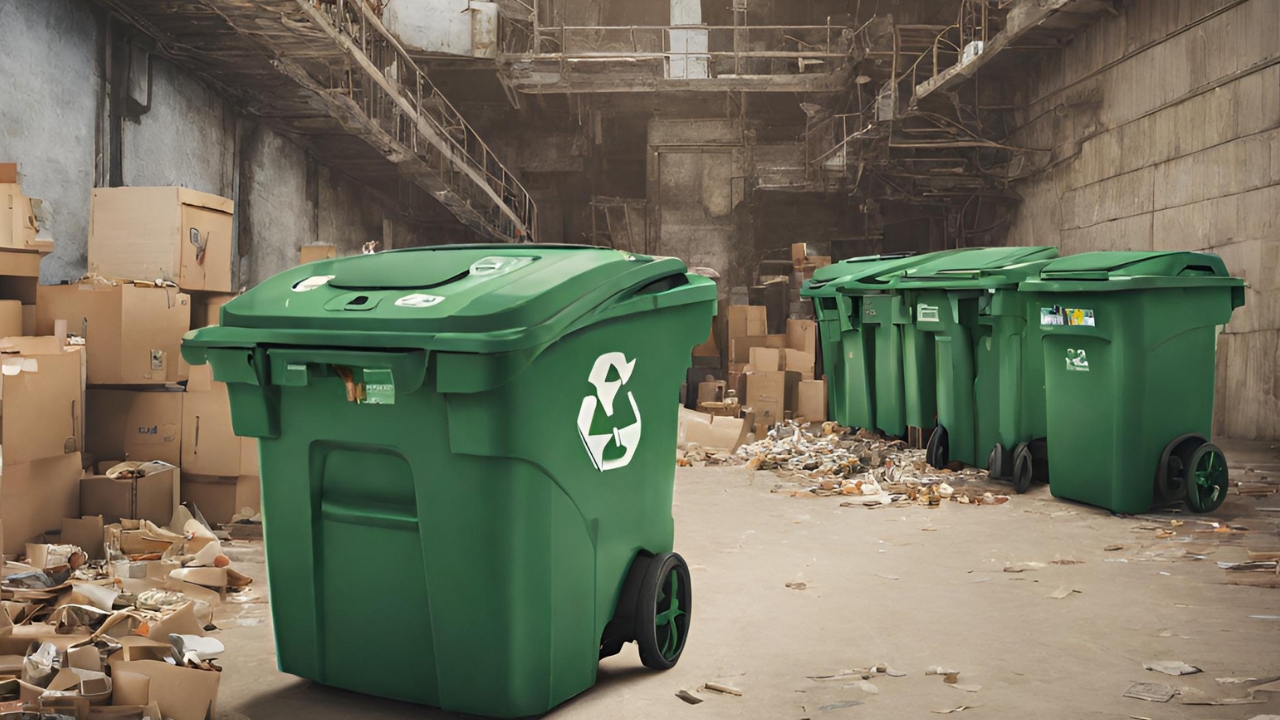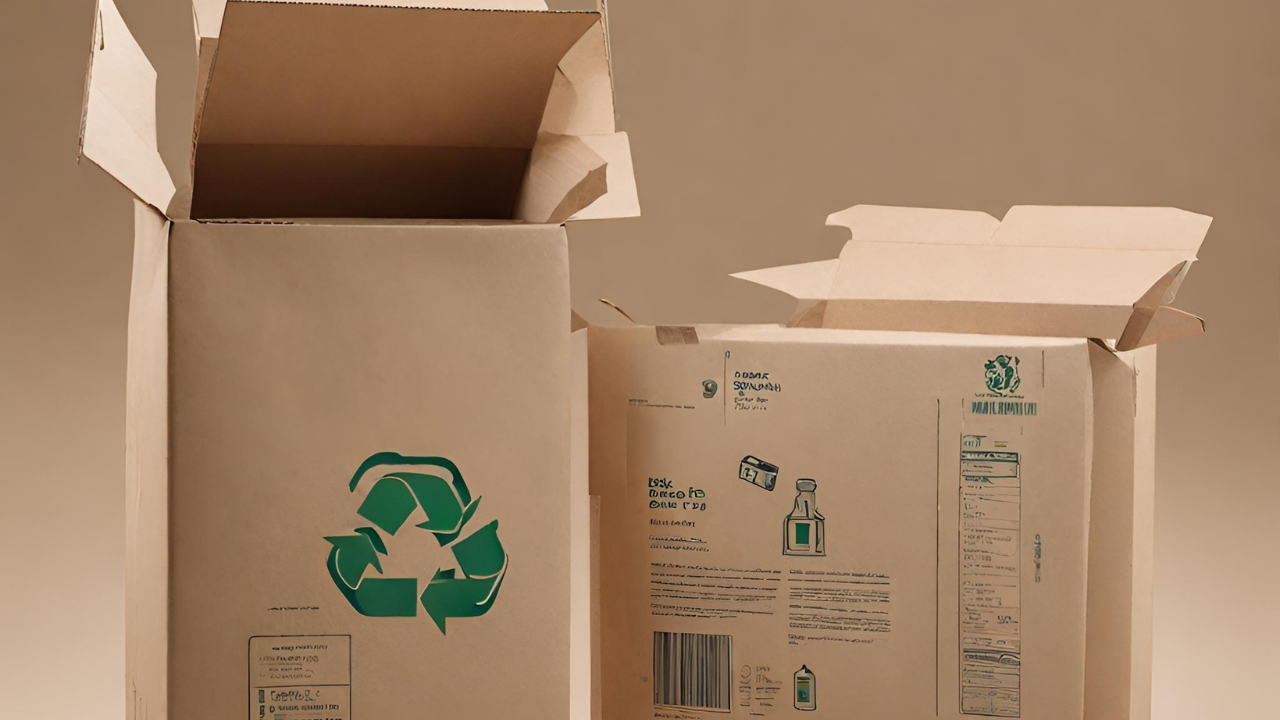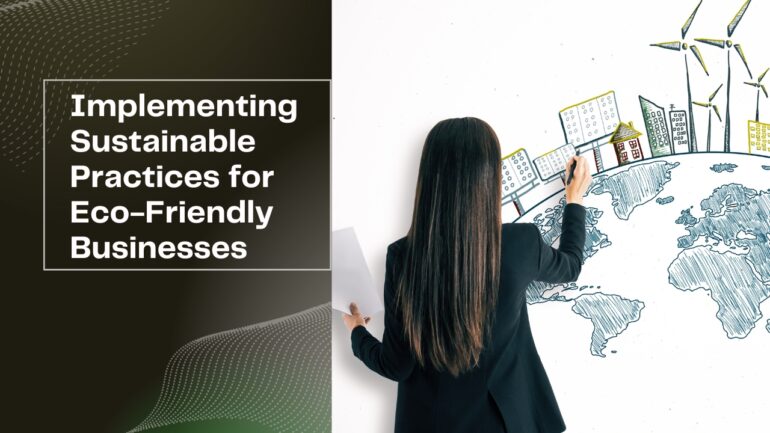Implementing sustainable practices into eco-friendly businesses is an invaluable undertaking, now not only supporting combat climate exchange and appealing to environmentally aware clients but also having tremendous profitability results.
However, that makes you effective; a sustainable strategy demands cooperation. Employees have to be strongly attached to the program so they will keep adhering to it day by day.
Energy Efficiency Measures
Energy efficiency measures use much less power to perform equal work, saving each cash and decreasing environmental impacts.
For instance, ENERGY STAR(r) licensed light bulbs deplete 90% less power than conventional incandescent lights! In addition, strength efficiency applications help cope with air pollution effects and weather alternatives by lowering call for and consumption stages, supporting shift economies far away from fossil gasoline use.
Efficiency is the maximum value-effective method to fulfill international greenhouse gas emission reduction dreams, particularly when blended with renewable strength sources and solar or wind electricity.
Efficiency reduces new investments required in fossil-fuel manufacturing and processing centers, decreases import necessities, and makes renewables handier and less expensive.
With supply disruptions and rising energy expenses on the horizon, enhancing electricity efficiency is becoming increasingly recognized by most governments.
Globally, electricity intensity (the quantity of strength necessary to produce one dollar of GDP) progressed by percentage points between 2012-2022 – perhaps reflecting expanded investment into strength performance projects driven via better expenses or concerns associated with supply issues – or possibly truly because implementing them allows meeting each strength affordability/protection objectives as well as climate mitigation targets simultaneously.
Waste Reduction and Recycling Programs

Waste discount and recycling programs provide a useful opportunity to promote sustainability by diverting materials from landfills while concurrently reducing greenhouse fuel emissions and conserving herbal resources.
Furthermore, such tasks can decrease operational prices by minimizing disposal charges and optimizing resource use.
Retailers can implement environmental applications in diverse methods, which include accomplishing waste audits, decreasing packaging waste, and putting in on-website recycling systems – measures so that you can make a direct difference within the surroundings while simultaneously growing brand photos amongst eco-minded customers.
Other powerful strategies include printing double-sided and presenting clients with reusable bags to lessen paper consumption.
Retailers can promote sustainable practices by showing environmental tasks on their websites, presenting rebates for lower-back plastic buying bags, and encouraging the reuse of other substances, such as bins for bulk items and coffee mugs.
Organizations can put in force inexperienced procurement applications and provide centers for recycling electronics and compact fluorescent light bulbs, which will enhance customer loyalty while decreasing landfill ability needs.
Sustainable Supply Chain Management

Most businesses’ environmental footprint stems largely from their delivery chains.
Consider where your raw substances and substances come from, whether it is uncommon earth minerals from Central African countries utilized in electronics manufacturing or regionally harvested veggies served at eating places.
Businesses can make their delivery chains extra green by adopting various strategies, including lowering power consumption, starting recycling applications, using green packaging materials, and using greener transportation methods.
Furthermore, companies can lessen gas usage by proscribing empty miles, optimizing transport routes, and using alternative resources like electric automobiles and recycled cooking grease as alternative fuels.
Companies can ensure ethical labor practices and social duty in their delivery chains by enticing providers and mandating standardized behavior codes.
Companies might also inspire suppliers to invest in renewable strength initiatives or carbon offset schemes to reduce environmental effects similarly.
Many of these strategies do not directly support environmental reasons; they can assist an organization in improving their backside line, too – 51% of corporations engaged in sustainable delivery chain management saw price savings and performance enhancements within one to 3 years!
Carbon Footprint Reduction
Every time we use a computer, charge our cell phone, or activate our heating, we release greenhouse gases into the ecosystem – together with carbon dioxide, methane, nitrous oxide, and fluorinated gases that act as warmth-trapping molecules and contribute to global warming – referred to as our carbon footprint.
Carbon offsetting needs to never replace efforts to lessen one’s footprint and transportation and family energy intake remain two of the most important contributors.
Emissions from those assets can be offset with renewable or recycled power resources. However, carbon offsetting does not serve as an alternative.
People looking to reduce their carbon footprint can begin by insulating their houses, switching to LED lighting fixtures, and switching off home equipment and devices when not wished.
They may also strive to ingest to ingest more plant-primarily based food and use less or fly much less; shopping for products with a reduced carbon footprint or supporting companies with validated environmental credentials are all brilliant ways to do their part and contribute to creating a sustainable destiny.
Green Product Development and Packaging

Packaging materials may be a giant source of waste, but businesses can reduce their environmental impact through inexperienced product improvement and packaging techniques.
These may range from using green labels and paper to decreasing cargo sizes, recycling products, or using plant-based inks for label manufacturing.
Green merchandise and packaging can help organizations stay aggressive in a difficult commercial enterprise panorama.
Studies have revealed that customers are willing to pay a premium for sustainable goods, becoming more dependable on brands that embrace sustainability.
Start small on eco-friendly product and packaging implementation, and regularly boom it over the years.
As many won’t recognize your organization’s inexperienced efforts, educating customers about them is critical – Mrs. Meyer’s Clean Day uses recyclable plastic soap bottles with recycling labels – an example that shows transparency, which could build patron acceptance as true with logo loyalty.
Water Conservation Strategies

Water conservation strategies are critical additives of eco-friendly commercial enterprise operations, permitting companies to decrease their environmental effect while concurrently reaping economic benefits.
By adopting such practices, companies can reduce their environmental footprint while calculating financial gains.
As many industries rely heavily on water sources, it is hard to reduce intake while simultaneously contributing to a sustainable destiny.
Corporations can reduce operational fees by adopting water conservation measures while contributing closer to growing a greener global.
Begin by evaluating your modern-day water intake to discover areas of capacity inefficiency.
Monitor it with meters and sensors all through your delivery chain, then make technological and process adjustments to reduce usage without impairing productivity.
Install water-green infrastructure and technologies, such as low-waft faucets and toilets, and frequently replace older furnishings and gadgets.
Set up water recycling structures at your website online to repurpose wastewater for non-potable uses, including website irrigation and cleansing.
Engage employees in water conservation tasks by informing them about the importance of eco-friendly practices, bat paintings, and in their personal lives.
Employees actively participating in conservation efforts are more likely to adopt sustainable behaviors over time.
Community Engagement and Education
Community engagement refers to the collaborative efforts undertaken between companies of humans linked through geography or shared hobby to perceive and address any troubles affecting their well-being and using its energy as an agent of environmental or behavioral change.
Environmentally friendly commercial enterprise practices region emphasizes encouraging personnel and the local people to support sustainable projects.
Informing the community how they can lessen waste, recycle more efficiently, guard the environment correctly while instilling a feeling sense of possession and responsibility in them.
Businesses that location emphasis on sustainability frequently experience high-quality reputations attract socially responsible customers and strengthen relationships with key stakeholders. Furthermore, such efforts might also allow entry into new markets or opportunities.
Companies can promote the sustainability of their groups via websites hosting academic workshops and discipline journeys that sell recycling and decrease non-renewable resource consumption.
One such enterprise in Brooklyn known as Fabscrap holds workshops where clients discover ways to upcycle garb through innovative refashioning using the usage of dead inventory fabric that would, in any other case, be discarded as dead fabric scraps.
For this reason, this employer reduces textile waste while celebrating fashion as an artwork shape.
Conclusion
Environmental practices provide agencies with numerous blessings, from decreased strength expenses through performance measures to reduced waste payments through recycling or diverting fabric far from landfills, growing profitability via decreased operational costs, and reducing operational fees.
Companies that prioritize sustainability might also benefit from getting admission to new markets that call for more socially responsible products and services from businesses they assist while simultaneously improving worker morale and activity satisfaction by creating an enjoyable painting environment and cultivating a feel of cause for personnel in the place of work.
Green agencies can benefit from tax breaks by integrating environmental sustainability into their middle business strategy and creating policies to support agency values.
For example, groups that install renewable energy systems can also get hold of tax rebates as investments in those structures are made.
Implementing sustainable enterprise practices is an extraordinary way to reduce carbon emissions and running charges and increase worker engagement in enterprise regulations.
To achieve success at doing so, making sustainability part of a center enterprise method and placing measurable dreams are keys to making this occur efficaciously.
Employee involvement will make it more likely they abide by them regularly.




